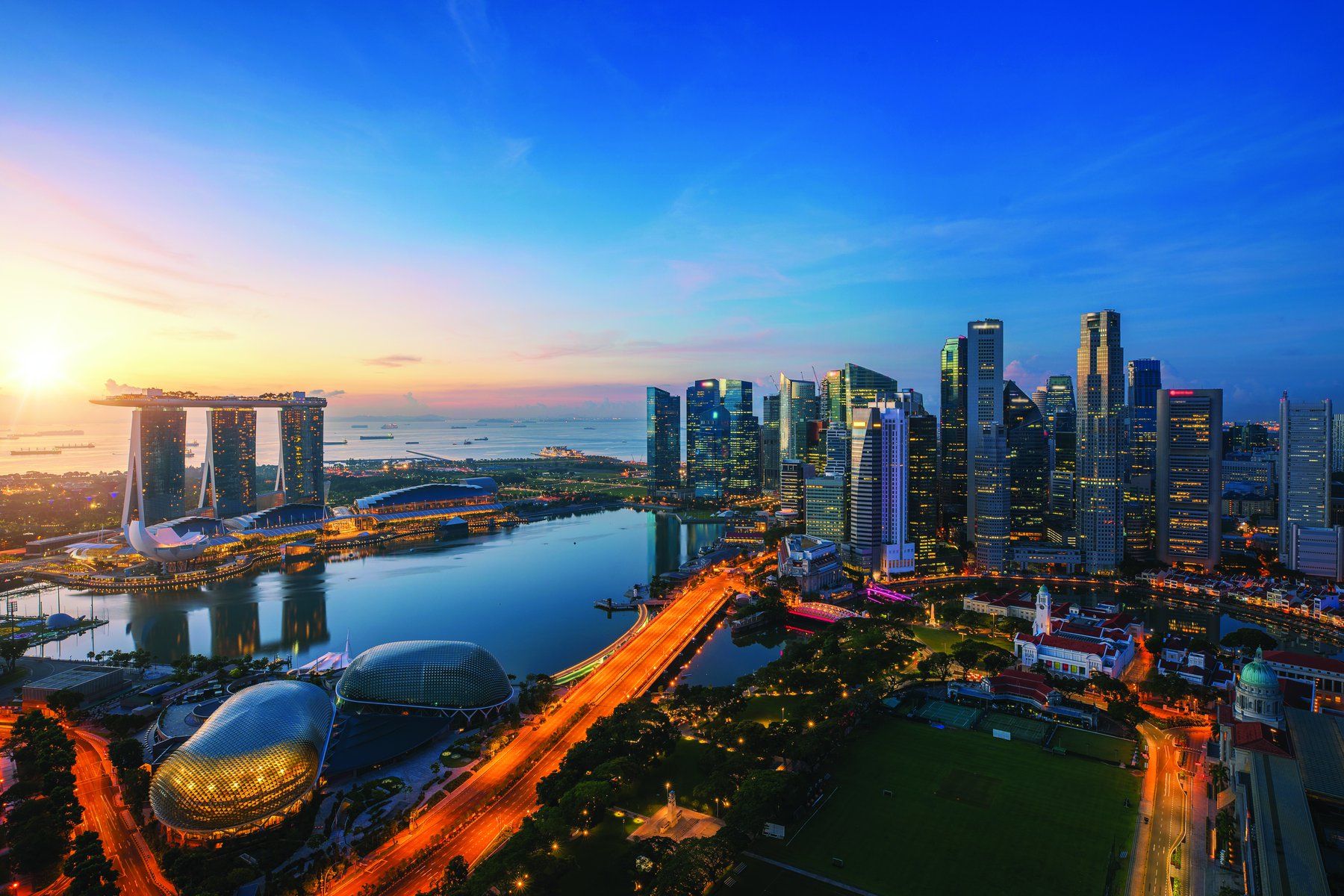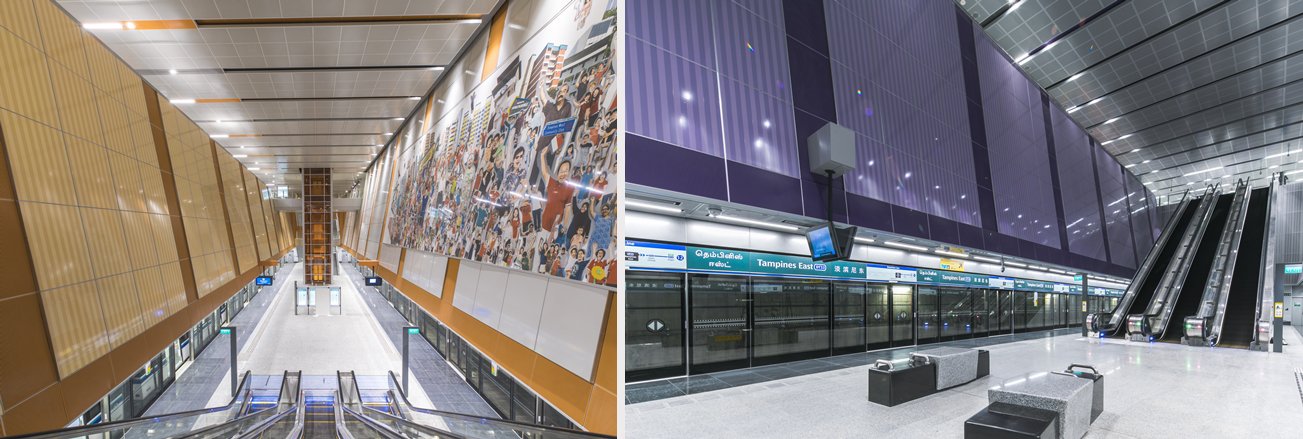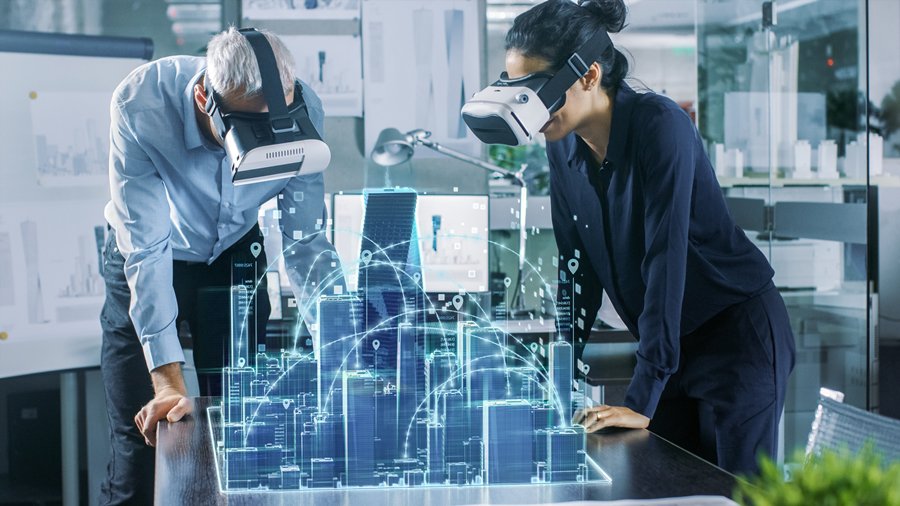
Future
Why Digitalisation Is The First Step In Evolving The Built Environment
August 20, 2021
As buzzwords go, Agility and Mobility occupy top-of-mind for many PMETs. At ONG&ONG, these terms have been increasingly embraced over the last five years; the COVID-19 pandemic has only served to burnish their importance.
It is no overstatement to say that 2020 has been a year of Disruption for businesses of every scale. Fortunately, we were not caught entirely off-guard. ONG&ONG had previously invested in moving all our work processes into the digital cloud, meaning that our daily operations can proceed with just a secure WiFi wired router, with all personnel accessing a common pool of resources from anywhere in the world.
While affection for this new way of working did not blossom overnight, the pandemic has ensured its wholehearted adoption. It has also highlighted the differences between generations and mindsets. Whereas professionals of a certain vintage prefer a dedicated desk and office area, most millennials and those who come after them are adept at working anywhere, equipped with a tablet or simply using their mobile devices. Bridging this difference, ONG&ONG advocates inter-generational sharing, with our team leaders conscientiously mentoring their juniors, while giving the latter freedom to express their opinions. This has worked out to our advantage, as we are able to bring a diversity of solutions to our clients.
It is no overstatement to say that 2020 has been a year of Disruption for businesses of every scale. Fortunately, we were not caught entirely off-guard. ONG&ONG had previously invested in moving all our work processes into the digital cloud, meaning that our daily operations can proceed with just a secure WiFi wired router, with all personnel accessing a common pool of resources from anywhere in the world.
While affection for this new way of working did not blossom overnight, the pandemic has ensured its wholehearted adoption. It has also highlighted the differences between generations and mindsets. Whereas professionals of a certain vintage prefer a dedicated desk and office area, most millennials and those who come after them are adept at working anywhere, equipped with a tablet or simply using their mobile devices. Bridging this difference, ONG&ONG advocates inter-generational sharing, with our team leaders conscientiously mentoring their juniors, while giving the latter freedom to express their opinions. This has worked out to our advantage, as we are able to bring a diversity of solutions to our clients.

Tampines West & East MRT Stations, Singapore.
In particular, ONG&ONG has secured several important transportation infrastructure projects in Singapore, keeping our teams busy even as we adjusted to working with social distancing in place. We continue to build on our core competitive advantages, staying dynamic and relevant.
In related news, our Architect-in- Residence programme at SUTD, led by director Andrew Lee, has engaged students in formulating a novel solution to address the issue of sea level rise for Singapore. The students have proposed and designed a system of dikes, polders and artificial isles surrounding Singapore's East Coast. Aspirations too, have changed: with ride hailing apps proving convenient and cost-effective, obtaining a driver's license and car ownership is no longer a priority for the young. The key shift is from an emphasis on MATERIALISM TO EXPERIENTIALISM.
In related news, our Architect-in- Residence programme at SUTD, led by director Andrew Lee, has engaged students in formulating a novel solution to address the issue of sea level rise for Singapore. The students have proposed and designed a system of dikes, polders and artificial isles surrounding Singapore's East Coast. Aspirations too, have changed: with ride hailing apps proving convenient and cost-effective, obtaining a driver's license and car ownership is no longer a priority for the young. The key shift is from an emphasis on MATERIALISM TO EXPERIENTIALISM.

Adoption of augmented and virtual realities at work.
Today, computers augment reality. We rely on our GPS to go places; no one remembers mobile numbers; and we are becoming more comfortable interacting through multiple screens for both business and leisure.
Over the next 10 years, the physical world may gradually become an augmentation of the digital world, reacting and reshaping itself according to predictive or pre-emptive big data, which is analysed with Artificial Intelligence (AI) and applied towards machine learning. Digital place-making is expected to evolve to deliver personalised experiences, morphing our physical environment to suit every preference and more, enabling us to live our best lives at any given moment, be it for work, play, dining or resting.
Over the next 10 years, the physical world may gradually become an augmentation of the digital world, reacting and reshaping itself according to predictive or pre-emptive big data, which is analysed with Artificial Intelligence (AI) and applied towards machine learning. Digital place-making is expected to evolve to deliver personalised experiences, morphing our physical environment to suit every preference and more, enabling us to live our best lives at any given moment, be it for work, play, dining or resting.

An employee works remotely in a home setting.
The pandemic has proven that work can be done remotely. Offices are downsizing to save on rents. On a macro-level, this signals a paradigm shift in our use of space: the era of single-purpose spaces is truly over. Digitalisation means our entire environments are themselves becoming Agile and Mobile.
Conversely, it also means that we can reconfigure spaces to accommodate uses that were previously deemed inefficient. Singapore's hyperoptimisation of space meant that for decades, manufacturing was shunted into factories in neighboring Malaysia and further afield. When the pandemic hit and our borders were closed, the nation found itself in a quandary as key manufacturing had been moved elsewhere. There was a rush to reinstate this capability within our borders in order to meet local demand. Drawing lessons from this experience, critical manufacturing and selected secondary industries are likely to return to our shores.
The future demands smart and intuitive environments. On this front, ONG&ONG is poised to take the lead. We're in tune with the hopes of the next generation and working hand in glove with the relevant regulatory bodies in Singapore and across Asia to map out blueprints for the future.
Conversely, it also means that we can reconfigure spaces to accommodate uses that were previously deemed inefficient. Singapore's hyperoptimisation of space meant that for decades, manufacturing was shunted into factories in neighboring Malaysia and further afield. When the pandemic hit and our borders were closed, the nation found itself in a quandary as key manufacturing had been moved elsewhere. There was a rush to reinstate this capability within our borders in order to meet local demand. Drawing lessons from this experience, critical manufacturing and selected secondary industries are likely to return to our shores.
The future demands smart and intuitive environments. On this front, ONG&ONG is poised to take the lead. We're in tune with the hopes of the next generation and working hand in glove with the relevant regulatory bodies in Singapore and across Asia to map out blueprints for the future.
This article first appeared in the FY19/20 issue of 360 Circle. You can download the digital copy here.